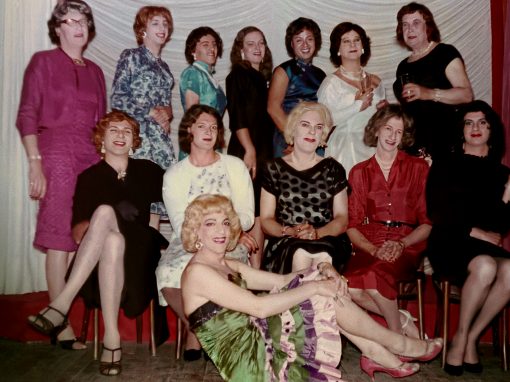At a time in film culture when auteurism continues to be dominant, and work by Indigenous filmmakers continues to be marginalized (not a single Indigenous film from anywhere in the world on the Sight & Sound Top 50 films of 2019 list), we desperately need alternative ways of watching, writing, and discussing this cinema in order to draw out its richness, complexity and difference.
One of the clear highlights of my film year has been the Canadian drama One Day in the Life of Noah Piugattuk, from arts and media collective Isuma. Directed by Inuk filmmaker Zacharias Kunuk, it was co-written by him with Norman Cohn. Kunuk and Cohn were two of the co-founders of Isuma, Canada’s first Inuit independent production company, in 1990. Isuma’s mission, from the start, was to produce independent community-based work—first films and TV, and then Internet media. Although the general impulse of reviews so far has been to approach this new film through an auteurist lens—Kunuk having directed a small but distinguished body of feature film work including the widely celebrated Atanarjuat (The Fast Runner, 2001)—it might be even more productive, in my view, to examine it in the context of Isuma’s mission and prior productions.
The film tells the story of one bright spring day in 1961 that begins with Noah (Apayata Kotierk) rising in his igloo, sipping a mug of hot tea, and setting out with his band and their dog team on a hunting trip. Along the way, they make a stop for rest, and encounter a white man named “Boss”—the Inuit call him Isumataq, meaning “he who thinks for us”—who is accompanied by a Inuk youth who will serve as translator between Noah and Boss. During their conversation, the Boss (played by Kim Bodnia, the Danish actor best known for his role as Konstantin in the TV series Killing Eve) tries to persuade Noah to relocate his family from their ancestral homeland in Kapuivik, Baffin Island, Canada’s northernmost territory. Boss wants them to move into a settlement where they will be provided with a house, a school for their children, and a family allowance. Noah refuses, repeatedly. The audience, by the end, feels a mixture of warmth—for Noah’s resolve—and sadness—because we all know how settler-colonial history turned out.
At the heart of the film lies the extended conversation between the two men, mediated by the young translator. As we watch and listen, a strange and wonderful dynamic appears: the words of both men are not rendered to each other smoothly and faithfully, but instead are frequently mistranslated, peppered with pauses, made bumpy by awkwardness. Boss’ words are often direct, unrelenting, repetitive: he only cares about one thing: moving Noah and his family. But the translator bends and softens the white man’s words, likely not wanting to offend and insult the elder Noah. The sequence is both funny and poignant.
There exists one other explanation for the mistranslations: that the translator is a young man, and does not have the same facility with the Inuktitut language as his elders do. This point speaks to intergenerational loss. As time has passed, and Indigenous people such as the Inuit have been dispossessed, displaced, and disenfranchised, their cultural heritage and legacy, which includes their languages, have suffered seriously from lack of preservation. Younger generations have acutely felt this severing of links to cultural practices of previous generations.
This is a theme that strikes at the core of Isuma’s mission, which has for three decades been explicitly one of cultural preservation and transmission. The collective has its own Internet broadcasting channel, and an online library of nearly 8000 media works, in 80 languages. While the new film, I’m sure, is capable of supporting a fruitful auteurist reading with Zacharias Kunuk at its center, what interests me more is the prospect of imagining a map of Isuma’s productions—and identifying the place(s) that One Day in the Life might occupy within the vastness of that map.


